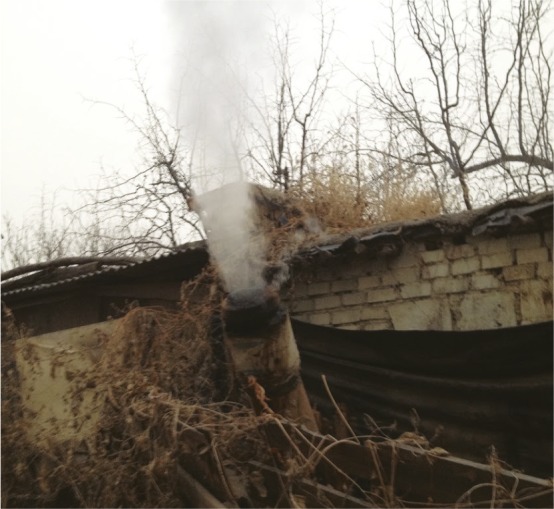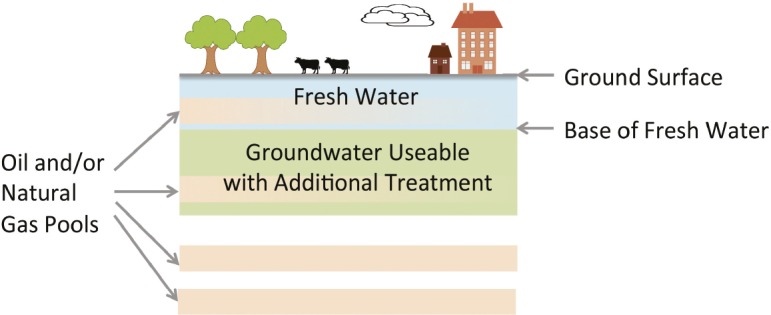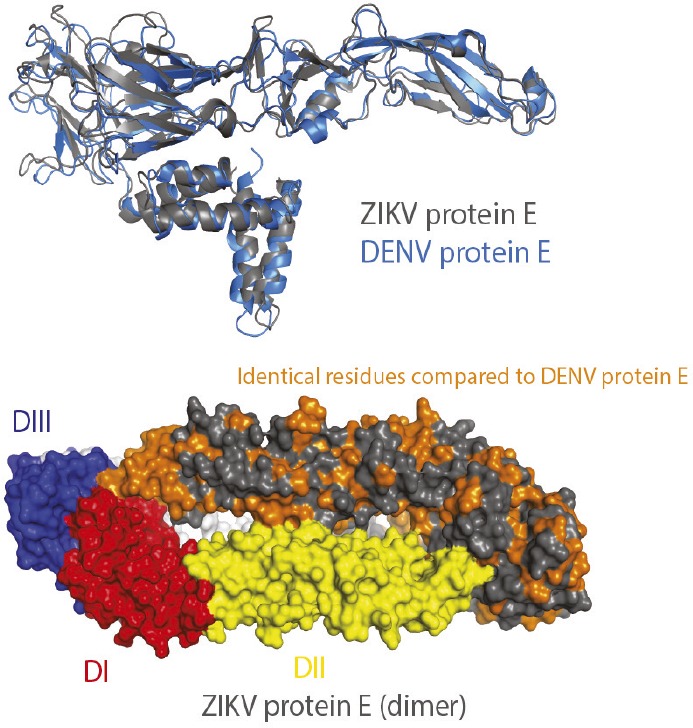Continuing human evolution

Continuing human evolution. Image courtesy of iStockphoto/00Mate00.
The question of whether natural selection continues to drive human evolution remains unsettled. By some accounts, humans ceased evolving around 40,000 years ago, but recent studies suggest that traits such as malaria resistance and high-altitude adaptation evolved relatively recently. Jonathan Beauchamp (pp. 7774–7779) used statistical methods to analyze links between relative lifetime reproductive success (rLRS), a proxy for evolutionary fitness that measures the lifetime number of an individual’s biological offspring, and gene variants previously tied to a handful of traits through genome-wide association studies. Focusing on people of European descent who were born between 1931 and 1953 and enrolled in the Health and Retirement Study, which tracks the health of around 20,000 Americans over the age of 50, the author found negative associations between rLRS and educational attainment. Thus, evolution might have been selecting against educational attainment in this cohort. However, the author cautions, the inferred rates of selection are small compared with the rapid changes wrought by cultural and environmental factors in recent generations, suggesting that the environment might have essentially overridden the observable effect of natural selection on educational attainment. Further, weak evidence suggests that selection may have favored a higher age at menarche for women in the cohort. Together, the findings make a case for the continuing but slow evolution of humans, according to the author. — P.N.
Household devices and air pollution in China

Household chimney in Erhezhuang, outside Beijing, belches coal smoke. Image courtesy of Anna Zimmermann Jin (University of California, Berkeley, CA).
In recent years, the Chinese government has primarily sought to regulate modern air pollution sources such as power generation, transportation, and industry, but residential emissions have been largely overlooked. Focusing on the city of Beijing and the neighboring provinces of Beijing, Tianjin, and Hebei, Jun Liu et al. (pp. 7756–7761) used a mathematical model that simulates atmospheric chemistry and transport to recreate past heating seasons and evaluate the contribution of inefficient household heating and cooking devices to regional air pollution. The simulations revealed that eliminating residential emissions in Beijing in the winter of 2010 would have reduced the concentration of PM2.5—a measure of suspended fine particles in air such as soot and smoke—by about 22% compared with a no-reduction scenario. Air quality further improved when the emissions were removed regionally, with reductions of around 40%, 43%, and 35% in Beijing, Tianjin, and Hebei, respectively. The findings indicate that inefficient space heater and cooking emissions exacerbate outdoor air pollution in China and can be targeted to improve air quality, according to the authors. — T.J.
Groundwater salinity in California

Locations of fresh and useable groundwater relative to oil/gas pools.
Deep groundwater reserves exist up to several kilometers beneath parched California, but little is known about the volume or quality of potential water sources below 300 m. Mary Kang and Robert Jackson (pp. 7768–7773) used data available from 938 oil and/or natural gas pools to characterize both shallow and deep groundwater sources in eight California counties. Salinity and total dissolved solids (TDS), both of which typically increase with depth, were used as an indicator of water quality. California’s state government considers fresh water to have a TDS measurement of less than 3,000 ppm. The authors determined that including deeper sources of groundwater triples the estimate of California’s fresh groundwater to 2,700 km3, with most of the water found at depths less than 1 km. The authors also found that an additional 1,200 km3 of useable water is available with additional desalination or other treatment. The authors conclude that up to 19% of historical oil and gas activity has occurred in formations with fresh water and in up to 35% of formations with useable water. According to the authors, these deeper sources of groundwater, the majority of which are found between 300 and 1000 m, need additional study, monitoring, and, in some cases, protection. — T.H.D.
Plastic recycling and environmental waste
Polycarbonates are strong, clear plastics commonly used in industrial products such as baby bottles, CDs, safety glass lenses, cockpit canopies, smartphones, LCD screens, and automotive headlamp lenses. Approximately 2.7 million tons of polycarbonates are produced annually worldwide, but polycarbonate waste often ends up in landfills because these plastics are usually not recycled. Gavin Jones et al. (pp. 7722–7726) developed a single-step, one-pot process for directly converting polycarbonate waste into another type of polymer called poly(aryl ether sulfone)s (PSUs), which are tough, high-value thermoplastics used for water purification and gas separation membranes, fiber optics, electronics, and automotive applications, among others. The authors heated purified polycarbonate pellets, as well as a polycarbonate CD, in the presence of fluoride and carbonate salts, thus triggering a cascade reaction. First, the polycarbonates decomposed through a process that converts polymers into monomers. Subsequently, the resulting monomers condensed into high-purity PSUs. Computational studies revealed that the carbonate salt plays important catalytic roles in the decomposition of polycarbonates and the formation of PSUs. According to the authors, this convenient, robust approach for recycling polycarbonates into PSUs could help produce value-added polymer products while reducing environmental waste. — J.W.
Dengue immunity and Zika infection

Dengue and Zika viruses share similar protein structures and sequences.
The Zika virus is a mosquito-borne flavivirus that has sparked outbreaks in Brazil, resulting in pregnancy complications, such as severe fetal brain defects. Zika virus resembles other flaviviruses, including the dengue virus, and is currently circulating in dengue-endemic areas, raising the possibility that preexisting immunity to the dengue virus may influence immune responses to the Zika virus. Lalita Priyamvada et al. (pp. 7852–7857) tested blood samples from nine Thai patients infected with the dengue virus for cross-reactive immune responses against the Zika virus. High levels of antibodies specific to the Zika virus were found in all dengue-infected blood samples, but not in blood samples from individuals who had not been infected with a flavivirus. Nearly half of the 47 monoclonal antibodies derived from the B cells of dengue-infected individuals bound with high affinity to the Zika virus, and some of the antibodies were able to neutralize the virus. Moreover, the cross-reactive antibodies derived from the dengue patients were also capable of enhancing Zika virus infection in a human cell line. The findings suggest that preexisting dengue-induced antibodies have the potential to either protect against or enhance Zika virus infection and disease severity. According to the authors, analysis of cross-reactive immune responses against flaviviruses could inform the future design of broad-spectrum vaccines or antibody-based therapies. — J.W.
Anthrax toxin therapy for cancer
Anthrax toxins have attracted considerable attention as potential anticancer agents due to their ability to specifically target and kill tumor cells. However, the clinical development of these toxins has been limited because the mechanisms underlying their antitumor effects have been unclear, and because their long-term use is precluded by the body’s strong immune response against these foreign proteins. Shihui Liu et al. (pp. E4079–E4087) examined the antitumor effects of anthrax toxins, and found that combined treatment with immunosuppressive drugs enables multiple cycles of therapy and reduction in tumor growth. Using genetic mouse models, the authors found that anthrax toxins reduce tumor growth by binding to capillary morphogenesis protein-2 on tumor endothelial cells, thereby inhibiting the formation of new blood vessels. Moreover, the antitumor effects of anthrax toxins in mice with an aggressive form of lung cancer were enhanced by combined treatment with immunosuppressants called pentostatin and cyclophosphamide. These two clinically approved drugs selectively depleted B-cell populations and eliminated toxin-neutralizing antibodies, enabling five cycles of therapy over the course of 42 days. According to the authors, combined treatment with anthrax toxins and immunosuppressive drugs could lead to strong, long-term reductions in tumor growth and may warrant further investigation in clinical trials for a broad spectrum of cancers. — J.W.


